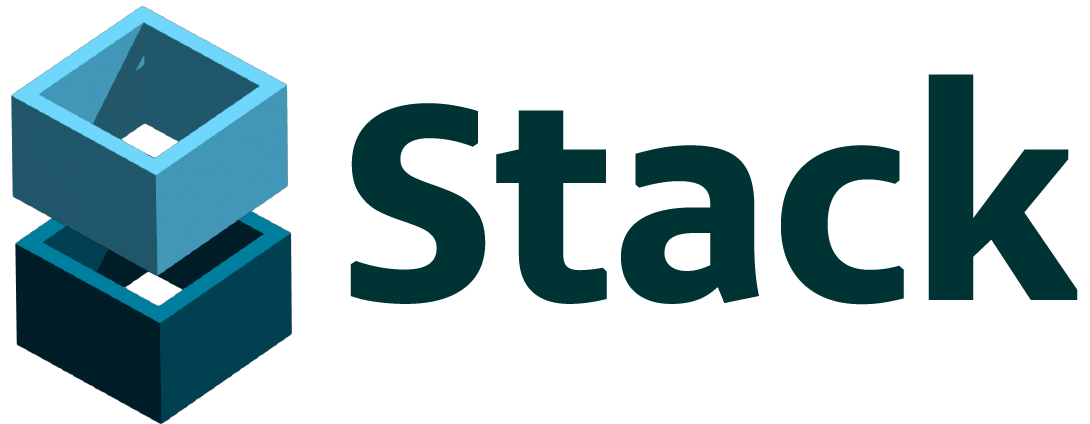Our view at Stack - our team love using Miro as an online workspace for innovation, enabling distributed teams to dream, design, and build together. With a full set of collaboration capabilities, it simplifies cross-functional teamwork, meetings, and workshops. Create concepts, map user stories, and conduct roadmap planning in real-time.

Careful planning and organization are the not-so-secret sauces behind any successful project. To avoid chaos, confusion, and rework, you need to know what’s happening, who’s doing it, and when it needs to be done.
But to plan a winning project, it’s not enough to know the what, who, and when. You also need to understand the how. That’s where your project workflow comes into play.
What is a project management workflow?
A project management workflow (often shortened to project workflow) is a defined sequence of steps and processes that you and your team follow to complete a project. Projects and workflows are closely related (most projects have workflows) but they’re not the same. For a deeper understanding, let’s take a look at what sets these two concepts apart.
Project management vs. workflow management: What’s the difference?
The first notable difference between a project and a workflow is all about duration. “A project is a temporary undertaking that is carried out to achieve an objective,” explains Angela Thurman, founder and CEO of project management consultancy, Thurman Co. LLC. “It can be carried out by an individual or a team and typically involves a defined scope and resources. It will have a definite end date or due date.”
In contrast, workflows are ongoing. They’re repeatable sequences that help your team get work done — and they don’t necessarily have to be tied to a specific project.
The other difference focuses on their purpose. “Project management is a much broader view while workflow management details how the work gets done,” says Anna Burgess Yang, a freelance fintech and product writer who spent 15 years as a product manager.
Project management workflow example
Let’s say you and your team are launching a podcast. You start by hashing out all of the tasks you need to get done, such as:
- Coming up with a podcast name
- Booking your first guests
- Writing promotional copy
- Creating podcast art
Next, you determine who’s going to do each task. But before you send everybody off with their marching orders, you also need to figure out the order of steps so everybody knows what happens when. That’s when you create your project management workflow — a visualization that shows the sequence of project steps so everybody understands how all of the tasks fit together.
You’ll have your big project management workflow that breaks down the steps from project initiation to closure, but it’s also worth noting that you’ll likely also have smaller, individual workflows within your project.
For example, you could establish a repeatable workflow for how you’ll find, contact, and schedule podcast guests. Or a workflow for how to write, review, and publish helpful show notes. Those are processes that can continue even after the initial project (launching the podcast) is over.
How to create a project management workflow
Here are five steps to create a workflow that keeps everybody moving in the same direction with clarity and confidence.
1. Connect with relevant stakeholders
As tempted as you might be to start piecing things together right away, Angela has an important piece of advice: “When creating a workflow diagram make certain that you’ve gotten input from all your stakeholders,” she says. “It is easy to try and create these diagrams in a vacuum. But if you do that you will almost certainly miss some important parts of the workflow.”
Sticking with our podcast launch example, that could mean going beyond marketing to also connect with customer support, sales, IT, or any other functions that need to play a role.
2. Understand the scope
Creating a workflow is essentially plotting out the order of tasks. To do that, you need to understand the following for your project or process: what needs to be done, who does it, and how long it usually takes.
Make sure you’ve gathered that information before you start putting things in any sort of order.
3. Remember your resources
Tasks can’t get accomplished if you don’t have the right resources (people, equipment, time, budget, and more) to check them off your list. For example, do you have recording software or do you need to purchase that before you get to that point in the workflow? As you map things out, keep a close eye on your resources to confirm you have access to what you need when you need it.
4. Create your workflow diagram
With the groundwork in place, you’re ready to start creating your workflow visualization. Use a visual workspace like Miro to collaborate with your team on your diagrams, keep them centralized, and easily iterate as needed.
Another benefit of Miro? You don’t have to start from scratch. There are plenty of templates for workflow visualization that you can use.
5. Test, iterate, and improve
Many of your project workflows are ongoing. While you only need to launch a podcast once, you’ll continue to have individual workflows related to recording and publishing a single episode.
As you use those processes, pay close attention to how they’re working and make changes as needed. Remember, workflows are meant to support and streamline your work — not slow you down and stress you out.
5 templates to create your project workflow diagram
A running list of steps in a random document will not keep your team on track. Creating a workflow or project visualization (like a chart or diagram) is much more helpful.
First, it makes even your hairiest projects seem navigable. “Workflows can often have a lot of moving parts, particularly for complex projects,” Anna explains. “Visuals can help a team understand the workflow, including the triggers or different flows for different scenarios.”
Angela adds: “They also identify potential bottlenecks and other impediments to accomplishing the work efficiently.”
If you feel stuck on how to get started, these project workflow templates in Miro can help.
1. Get the lay of the land with a project planning template
If you’re in the first step of figuring out the who, what, and when of your project, this project planning template can help you get organization before you move on to more detailed workflow visualizations.
2. Understand your timeline with a Gantt chart template
Angela suggests a Gantt chart as one of the best places to start for people who are new to creating project workflows. With this Gantt chart template, you can plot all of your tasks on a visual timeline and understand how your project will progress over time.
3. Track progress with a simple workflow template
If you need a simple and visual way to keep track of what your team is doing and what’s been done, this workflow template allows you to move tasks between four progress columns: on hold, in progress, needs review, and approved. Of course, you can customize it in whatever way works for you.
4. Create a visual representation of a process with a workflow diagram template
When you hear the term “workflow,” a flowchart is likely the first visualization to come to mind. It uses a series of shapes and arrows to show how a project or information…well, flows. That’s exactly what this workflow diagram template does by translating your workflow into an easy-to-follow visual representation.
5. Clarify roles and responsibilities with a swimlane diagram template
[Embed template: https://miro.com/templates/swimlanes-diagram/]
Your team can’t do their best work when they’re confused about who’s doing what. This swimlane diagram template has all of the clarity of a flowchart while also getting detailed about who is responsible for handling each piece of the workflow.
Wrangle chaos and confusion with workflows
Ironing out workflows, whether for a single project or an ongoing activity, takes a little added effort. But it’s well worth it for the clarity, consistency, and efficiency your team achieves.
If Miro is of interest and you'd like more information, please do make contact or take a look in more detail here.
Credit: Original article published here.
